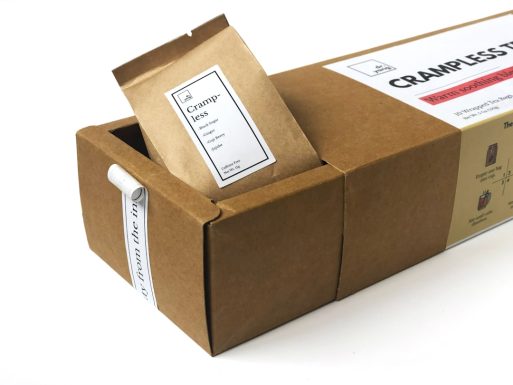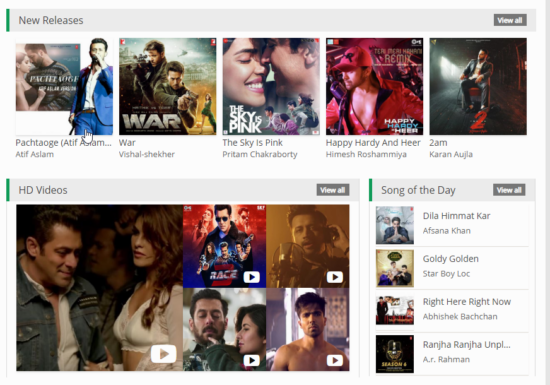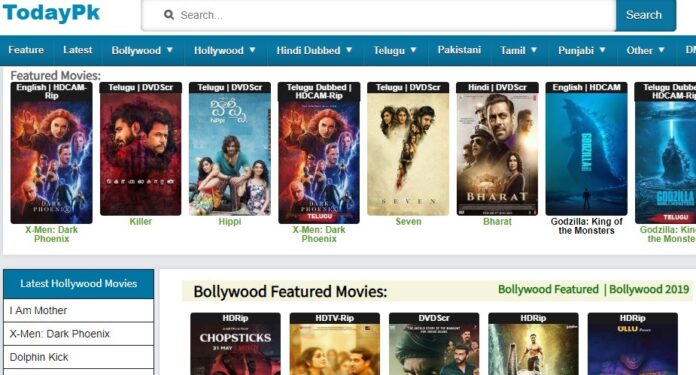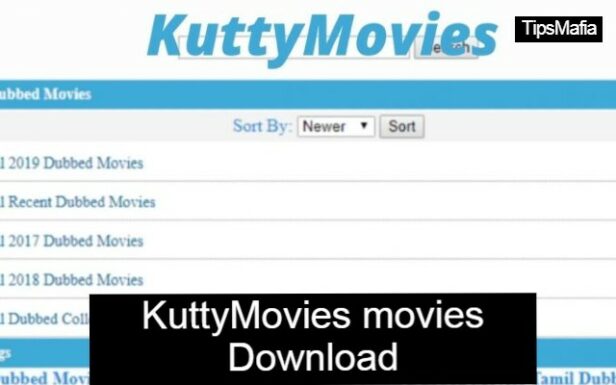Managing your business finances requires precision, clarity, and a deep understanding of how each part of your accounting affects the greater financial picture. One of the most essential aspects of tracking business profitability is recognizing the Cost of Goods Sold (COGS)</em). For users of Found Bank—a digital banking platform designed for freelancers, small business owners, and sole proprietors—correctly adding COGS is a vital step in maintaining accurate financial records and tax reporting. This article provides a comprehensive guide on how to add COGS in Found Bank effectively and securely.
TLDR: Summary
All Heading
In Found Bank, adding Cost of Goods Sold (COGS) is essential for an accurate reflection of your net income and tax liability. COGS entries must be categorized correctly and supported with documentation. This guide explains how to properly assign expenses to COGS, why it matters, and what features within Found can help automate and track this process. Keeping a diligent record through the Found interface not only ensures compliance but can also improve financial decision-making.
What is Cost of Goods Sold (COGS)?
Cost of Goods Sold (COGS) refers to the direct costs associated with the production of goods sold by a business. This includes:
- Raw materials and supplies used in creating the product
- Direct labor costs (e.g., manufacturing staff wages)
- Shipping and handling fees for materials
- Storage costs directly related to goods manufacture
Understanding and reporting COGS is critical for accurate profit and loss statements and for determining true gross profit. In Found Bank, categorizing these expenses appropriately ensures that your reports and tax forms reflect reality.
Why It Matters in Found Bank
Found Bank is designed for the self-employed, meaning many users do not have a full accounting department to rely on. Accurate categorization of COGS can:
- Lower taxable income by reducing gross profit
- Provide clarity on profit margins
- Assist with quarterly and annual tax preparation
- Improve business strategy by identifying high-cost areas
Incorrectly categorizing COGS (for example, listing them as a general business expense) may result in overstated profits and higher tax obligations.
How to Add COGS in Found Bank
Step 1: Log into Your Found Account
Start by accessing your Found dashboard. Navigate to your transaction list—the central place where all income and expenses pass through your connected accounts.
Step 2: Identify Eligible COGS Transactions
Next, review your expenses to determine which ones qualify as COGS. These may include:
- Invoices from suppliers
- Raw material receipts
- Freight or shipping invoices for inventory
- Machinery repair costs if used for production
Be sure to keep corresponding documentation for each item. This is essential for tax purposes and potential audits.
Step 3: Categorize the Transactions
In Found, you can categorize each transaction as you reconcile them. Here’s how:
- Click on the transaction you want to categorize.
- Choose “Edit Category”.
- Select one of the categories associated with production or resale costs, often labeled “Cost of Goods Sold” or “COGS”.
- Add a note or tag for specificity (e.g., “fabric for April inventory”).
This process ensures the transaction is recognized as reducing gross income directly instead of being lumped under general business costs.

Step 4: Enable Automatic COGS Tracking (If Applicable)
Found offers a robust AI-driven transaction categorization engine. You can train the system by repeatedly categorizing similar expenses manually. Over time, Found begins to auto-tag such expenses under COGS, which saves effort and reduces manual error.
To reinforce this automation:
- Be consistent with tagging and descriptions
- Create or use recurring entries when COGS transactions happen regularly
- Review Found’s monthly summaries to ensure automation is accurate
Tips for Managing COGS in Found Bank
1. Keep Proof of Purchase
Always upload or store screenshots and copies of your supplier invoices or manufacturing receipts. Found allows storage of digital copies within each transaction entry.
2. Segregate Business and Personal Expenses
Mixing business and personal expenses is a common error, especially among new freelancers. Ensure that only business-related costs are marked as COGS.
3. Maintain a COGS Ledger
Although Found provides automated tracking, you may also wish to export your categorized transaction history to a spreadsheet quarterly for backup and cross-verification. Having a separate COGS spreadsheet helps organize large inventories or fluctuating production costs.
4. Consult Tax Professionals
If you’re unsure whether certain expenses qualify as COGS, consult with a tax advisor or accountant experienced in self-employed filings. Misclassification can either inflate your taxes or trigger an audit.
Common Examples of COGS in Found Bank
To illustrate how the COGS categorization might look in your Found account, here are typical examples:
| Expense | COGS Qualification | Suggested Note |
|---|---|---|
| Bulk Paper for Invitations | Yes – raw materials | May inventory – wedding collection |
| UPS Shipping for Product | Yes – distribution cost | Customer shipment – order #824 |
| Software Subscription | No – overhead cost | Design software – monthly plan |

Reviewing COGS Reports in Found
Periodically, you should review your financial reports under Found’s “Tax Tools” or “Income & Expenses” sections. Here, COGS often appears as a dedicated line item in your income statement.
If it is not clearly separated, you can export all categorized transactions, filter by the COGS tag or keyword, and sum the total. This is especially useful prior to:
- Quarterly estimated tax payments
- End-of-year tax filing using the IRS Schedule C form
- Adjusting pricing structures to reflect true margins
Conclusion
Adding and managing Cost of Goods Sold in Found Bank is not just a matter of good bookkeeping—it directly impacts your taxes, your profit margin, and your long-term business viability. The process involves identifying eligible expenses, categorizing them properly within Found, and cross-referencing with receipts and proper documentation. By maintaining diligence in your accounting practices and making the most out of Found’s automation capabilities, you strengthen your position as a financially responsible entrepreneur.
In summary, treat your COGS entries in Found with the same care and consistency you apply to invoicing or taxes—because ultimately, they’re just as important.












Recent Comments